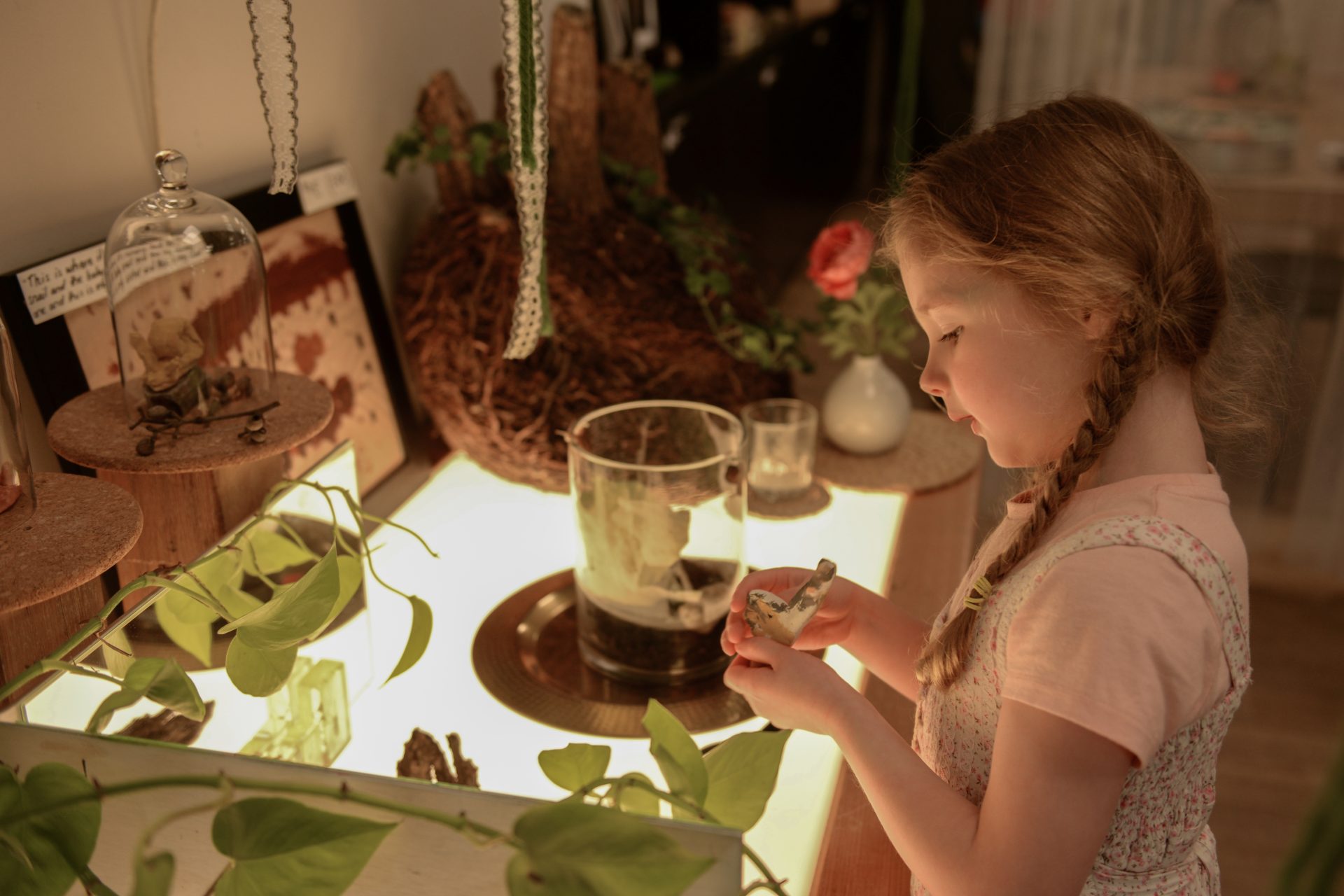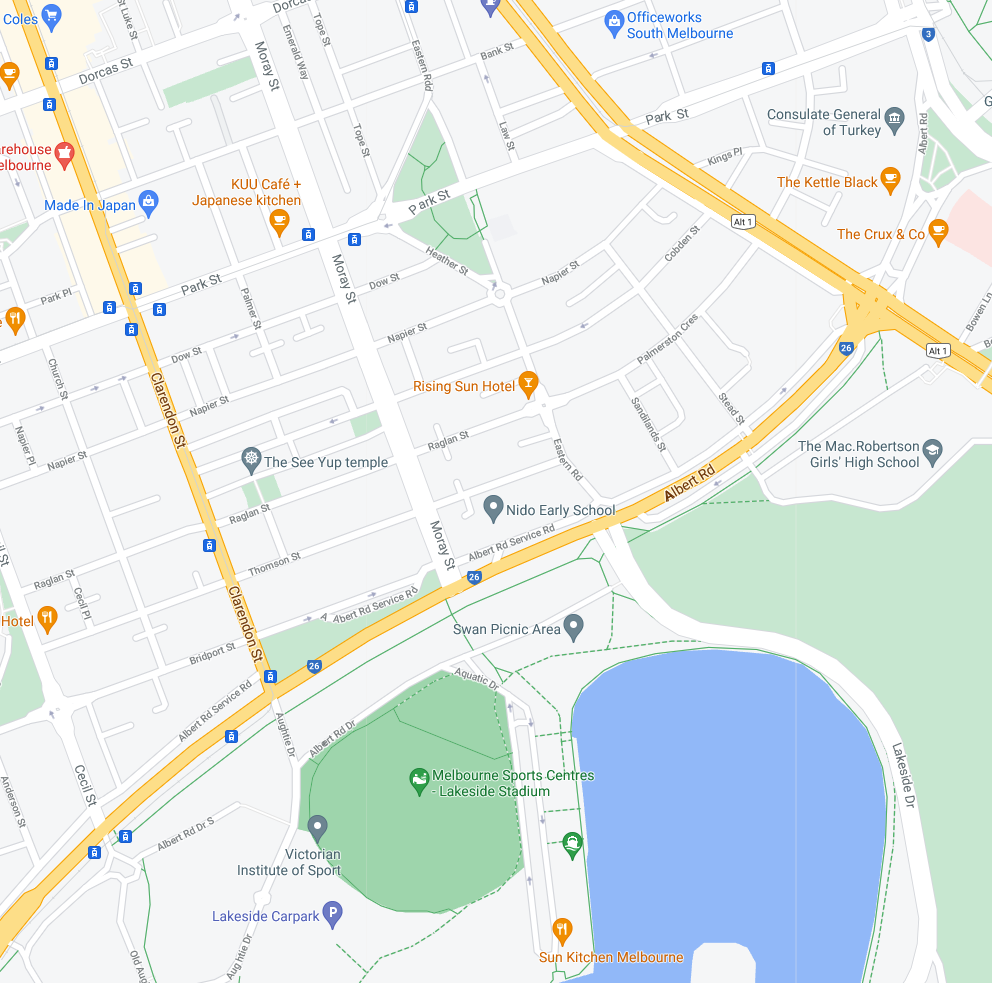
Sensory play is one of the most effective ways parents, caregivers and early childhood educators can aid brain development in young children. These crucial formative years are a time of incredible change, with thousands of neurons – the brain’s informational channels – being created each day.
Exposing little ones to multiple sensory experiences each day is key – and the following looks at 8 excellent methods of doing so.
8 Great Sensory Activities
The key to helping young children form neural pathways is all about stimulating the five main senses of sight, hearing, touch, taste and smell. The below-mentioned activities boost multiple senses, plus they also help development in other vital areas, such as:
- Language and communication skills: It encourages verbal interaction and conversation, as well as the art of questioning and further learning.
- Social skills: Enjoying sensory play with others is a great way to stimulate positive social interactions.
- Developing motor skills: Both gross and fine motor skills are learned through simple acts of touching, holding, moving and even tasting objects.
- Independent play: The very actions of such activities help lay the foundations upon which independent play and actions are built.
- Problem solving: Many sensory activities, such as messy play and open-ended tasks, create minor challenges that children need to overcome. This is a very important first step towards developing key critical thinking skills.
The following sensory play ideas are easy to implement, stimulate multiple senses and are a great deal of fun.
- Making mud pies: Messy play at its finest, making mud pies hones the sense of touch, visual stimuli and even hearing as little ones pour water into the gloop and enjoy the sound of mud squishing through their fingers.
- Food tasting: Trying a range of different items as a game not only stimulates taste, but touch, sight and smell too. It’s also a great way to foster an adventurous approach to food, as well as helping children learn which tastes they prefer.
- Sensory bins: Fill containers with different items (cotton wool, rice, sand, dry leaves, small pebbles etc) and let your little ones look, feel and smell the difference between them. You can even play this game blindfolded for an alternative that concentrates on senses other than vision.
- Bubbles! Who doesn’t love bubbles…? Small or large, they’re a great way to stimulate vision – as well as touch when little ones try to grab and burst them.
- Sandpit play: Whether it’s a large, custom-made sandpit or a smaller box just for the hands or feet, playing with sand is a great way to stimulate touch and vision. Add some water into the mix to add an extra dimension as to how this alters the way sand feels and handles.
- The wonders of Mother Nature: Going on a nature walk is always a hit and offers so many options for sensory stimulation. From feeling the wind on your skin to seeing different colours, tasting the tang of salt (if you’re close to the ocean), the different smells or tasting fruits that you might find along the way.
- Finger painting: Hugely popular and incredibly fun, finger painting stimulates touch and vision (and has the added element of getting really, really messy, something kids of all ages enjoy).
- Music time: Banging on drums, blowing on instruments, listening to wind chimes, plucking a guitar string… Add in some movement or dance and the whole activity means vision, sound and touch all get a healthy dose of stimulation.
Sensory play is given the utmost priority at Evoke Early Learning centres. Our custom-built facilities at both our Albert Park and Clayton locations have indoor and outdoor areas tailor-designed for teacher-led and independent play.
Book a tour to see us in action or contact our friendly team today to find out more.

Tracey is a highly qualified educator and administrator and brings a strong combination of academic achievement, extensive work experience in the education and business sectors as well as drive and passion to her role as General Manager of Operations at Evoke Early Learning.
Tracey has a Master of Education and an Advanced Diploma of Business and holds VIT Dual Registration to teach in Early Childhood and Primary School settings. She’s also a VIT Trained Mentor Teacher and has worked in ECEC settings as a Director, Educational Leader and as a Victorian Senior Area manager. Her recognition as a state finalist in the recent Director of the Year Awards is testament to her achievements in the early education sector.
Her extensive work experience also included a stint as Head of Curriculum at the Royal Children’s Hospital Education Institute and positions as head of ICT at a number of large primary and secondary schools. Tracey is also experienced in not-for-profit sessional kindergarten settings and long daycare environments, so she has a deep understanding of what’s required to support the needs and expectations of young children, educators, parents and caregivers.
Tracey is responsible for operational management at Evoke Early Learning’s Clayton centre in Oakleigh East and their Albert Park centre in South Melbourne and is deeply committed to leading and driving effective and sustainable service delivery throughout the company.
Tracey is passionate about making a meaningful difference to young children, their parents and the wider community and under her expert guidance, Evoke Early Learning is continuing to raise the bar in quality early education and childcare.


